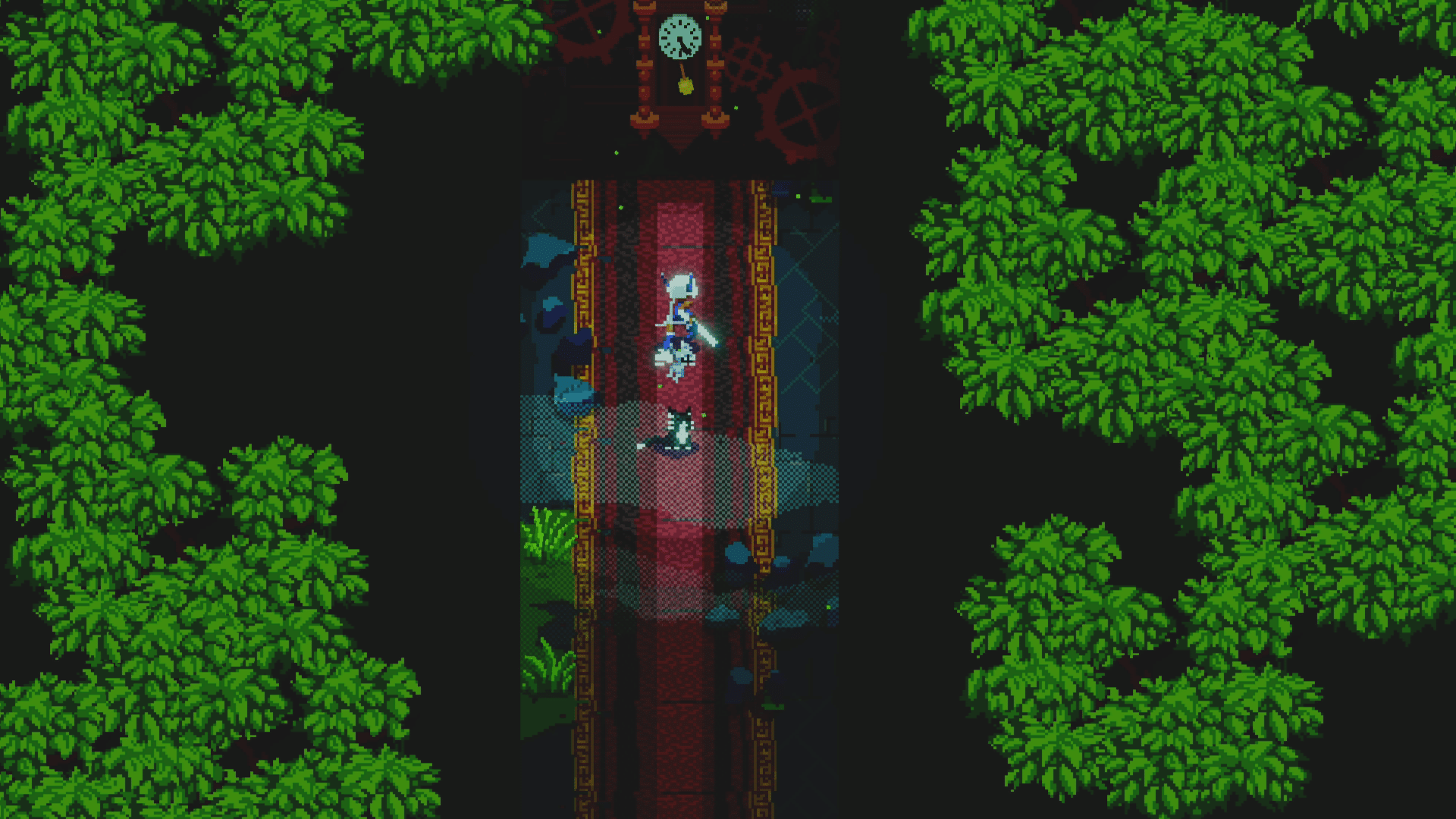The much-awaited “Ghost of Yotei” has given the world a glimpse of its combat mechanics, revealing a root departure from the tried method of its mythical ancestor, “Ghost of Tsushima.” The development, revealed in a new developer blog, comes as a departure from the stance-based method that featured the wars of Jin Sakai.
Central to this is a full overhaul of offense tactics. While “Ghost of Tsushima” had asked that players memorize four stances to defeat different types of enemies, “Ghost of Yotei” introduces five additional weapons. Creative Director Nate Fox reaffirmed that these are not cosmetic updates. Each of them is highly calibrated for specific application in the field. For instance, the heavy spear is a heavy-hitter who can toss enemies into the air, and the kusarigama is applicable for managing multiple enemies at once.
There is also a new “disarm mechanic” introduced, which renders players more versatile. The system demands rapid switchovers in the middle of combat and sometimes demands that players take and utilize enemy guns immediately. Guns are also featured in “Ghost of Yotei,” though its deployment is metered carefully. They are also called potent weapons, “incredibly lethal if employed at the appropriate time,” but they are meant to be situational and not at the center of the combat procedure. The creators still insist that bladed fighting is the “heart of the fantasy,” reinstating its continued relevance in the game’s up-close combat. This new approach to performing combat attempts to give an innovative and original experience to both new players and old players alike.
Aside from the initial thrill of new mechanics and weapons, “Ghost of Yotei” also includes an additional layer of player choice in combat advancement. While “Ghost of Tsushima” was more linear with its skill tree, its sequel appears to have a dynamic skill tree. According to this system, Atsu’s actions and decisions immediately decide what skills she acquires. Stealth characters will be developing more stealth skills, and close-quarters, bladed fighters will have their sword and other close-range skills improve. The evolution that naturally comes with it, combined with the added ability to disarm and diverse arsenal, is designed to allow for a more versatile and distinct fighting experience. It will remind the player to really get into their style of choice as Atsu slices her revenge trail through rural 1600s Japan. This focus on player-driven development, augmented with back features such as the grappling hook and hot springs, suggests a game that not only expands on its predecessor’s combat but expands out its open world charm.















